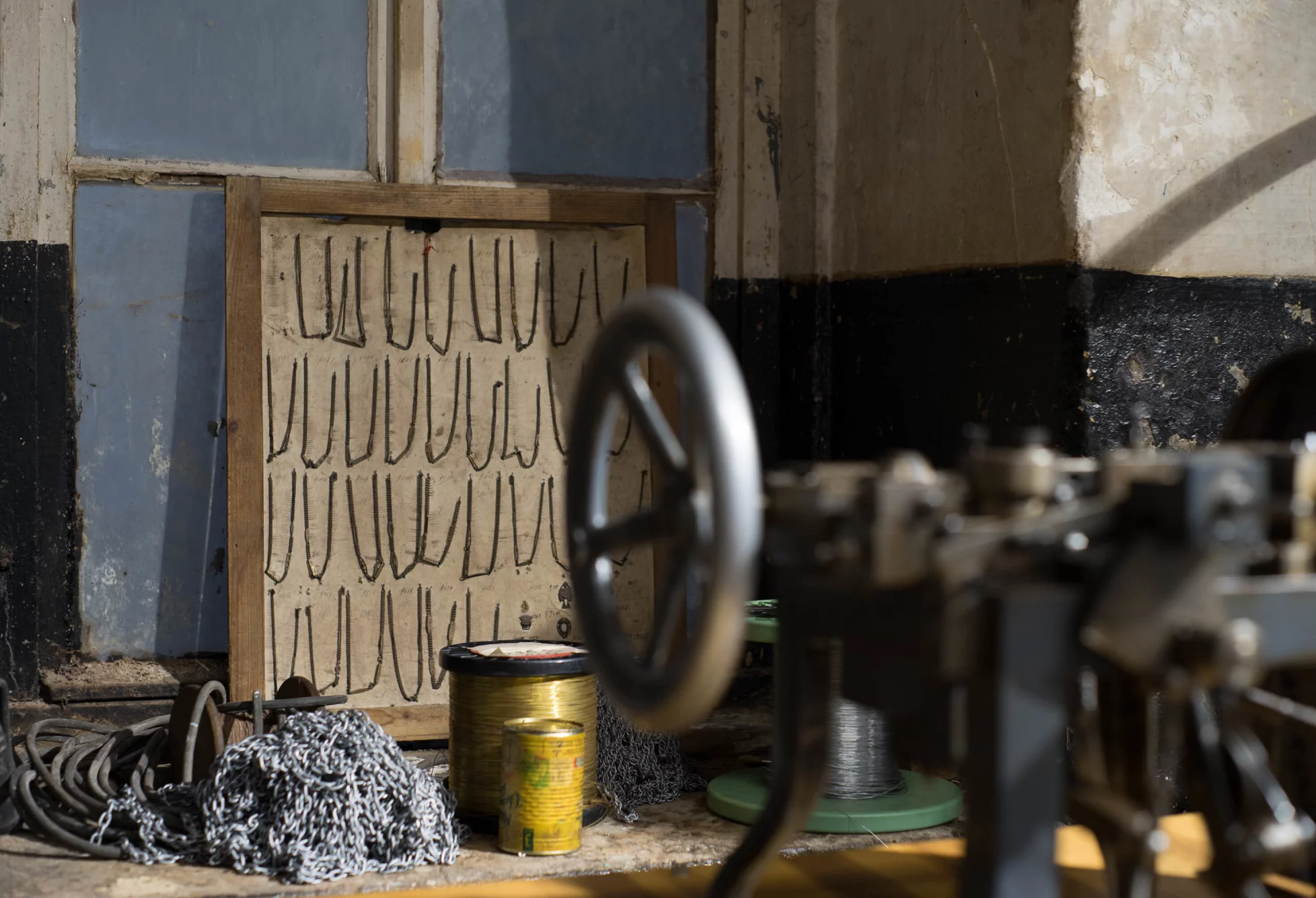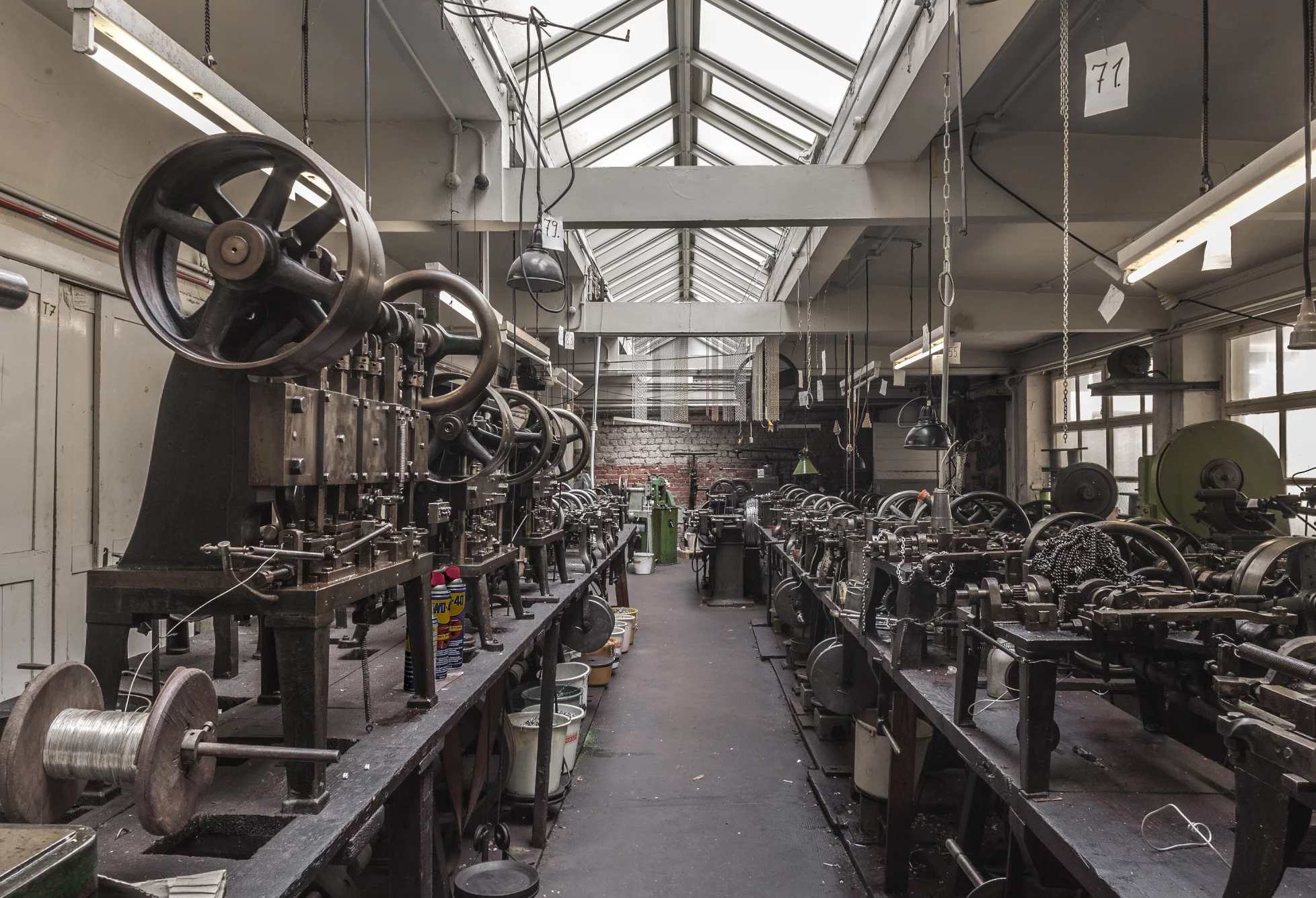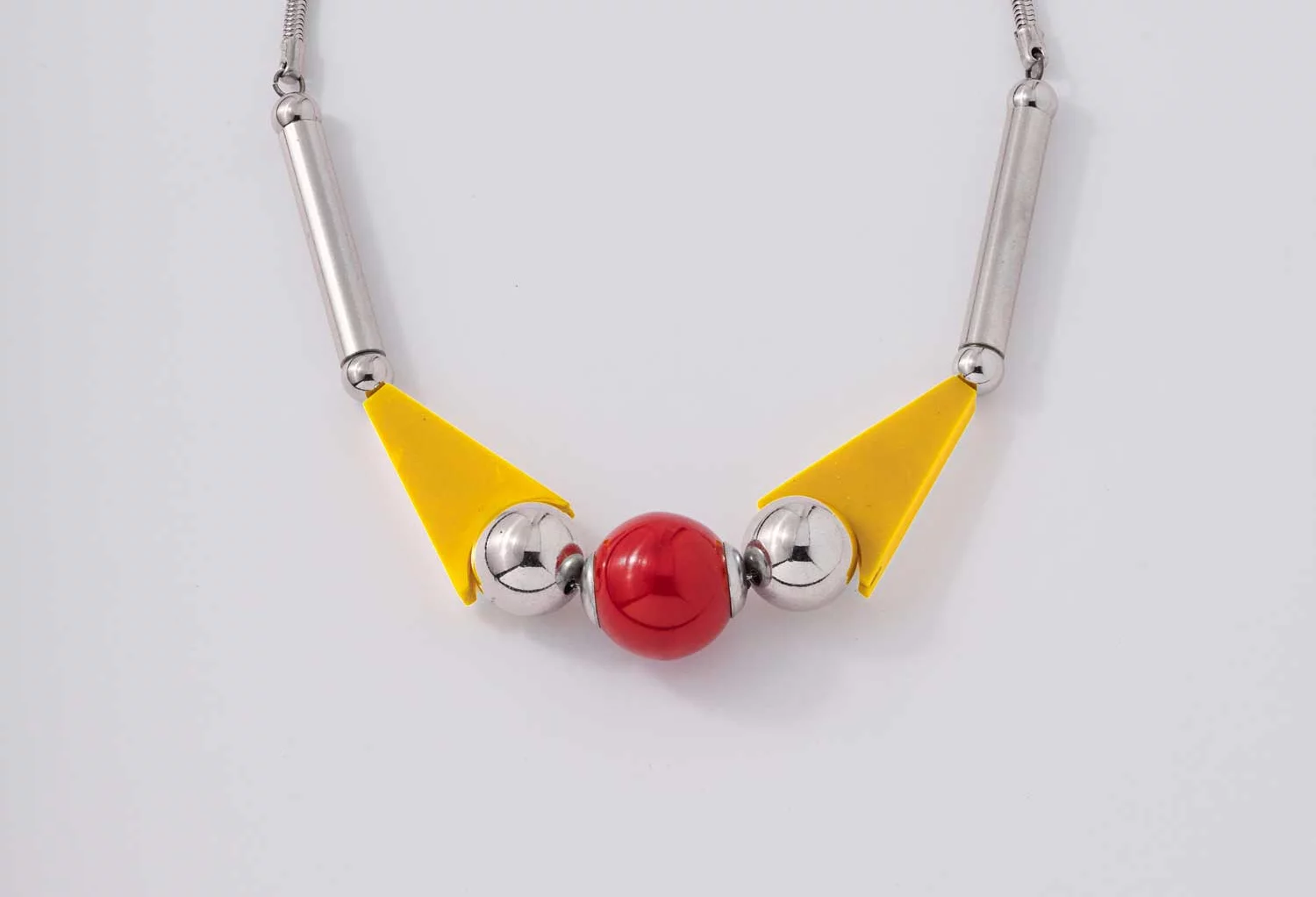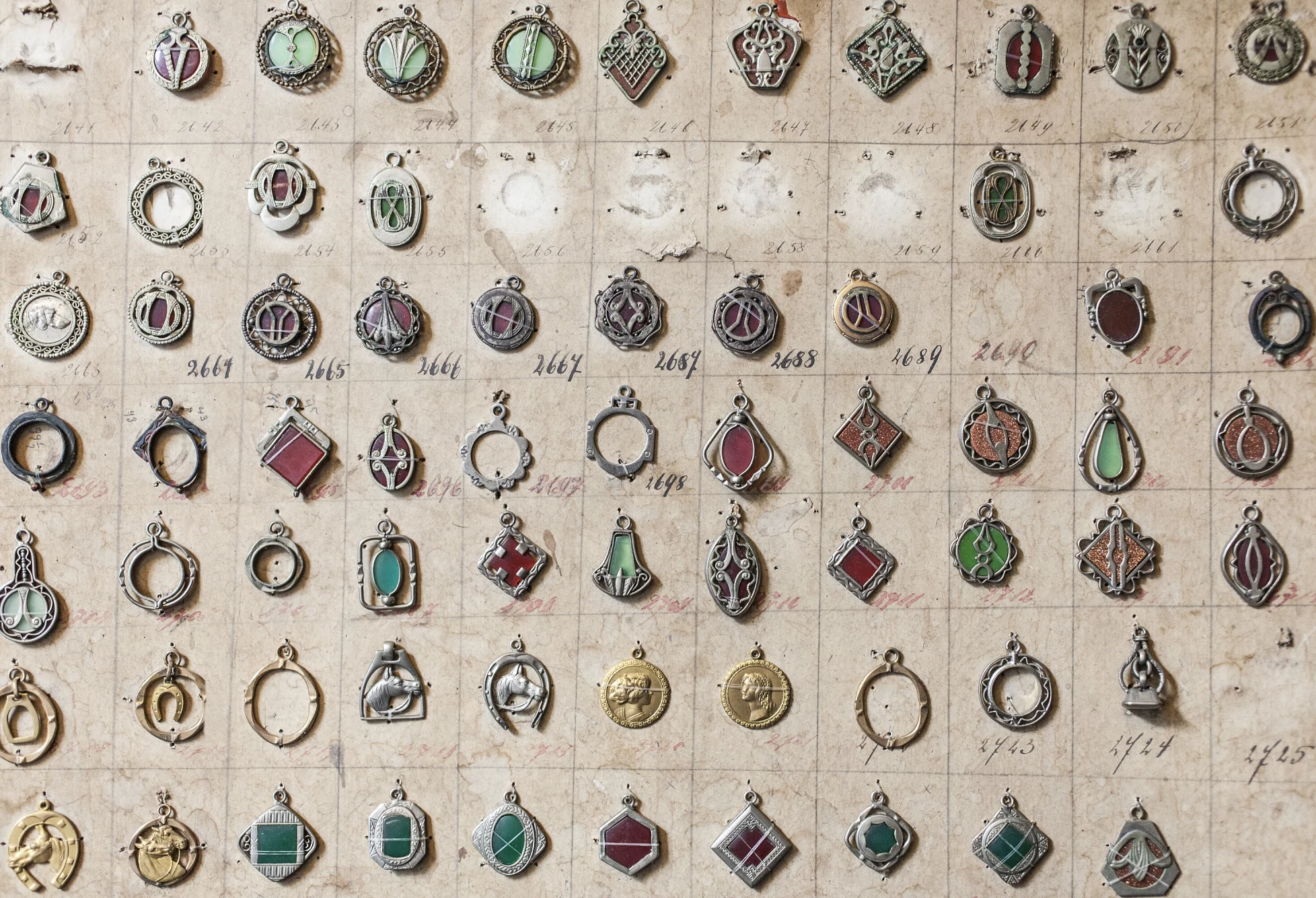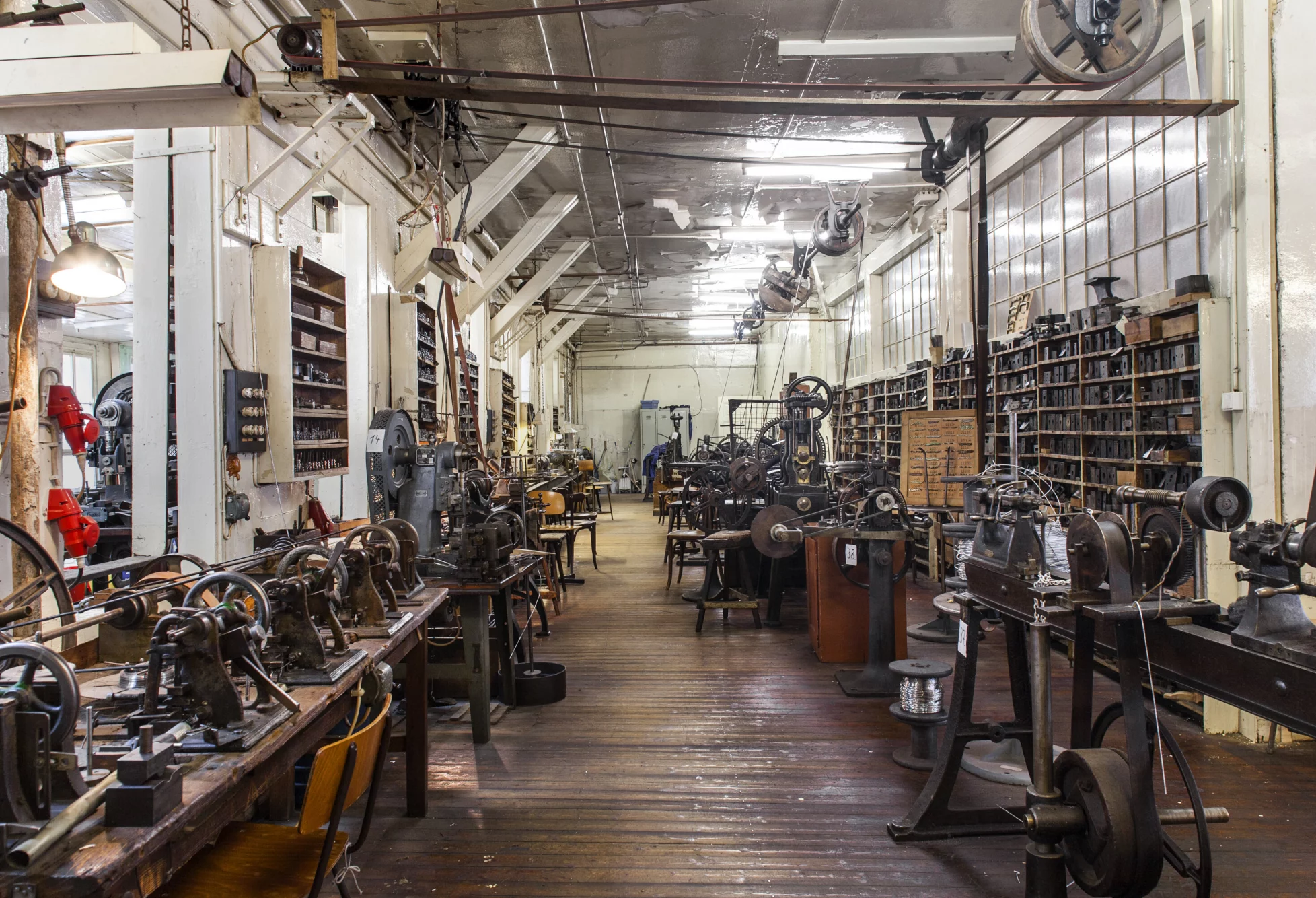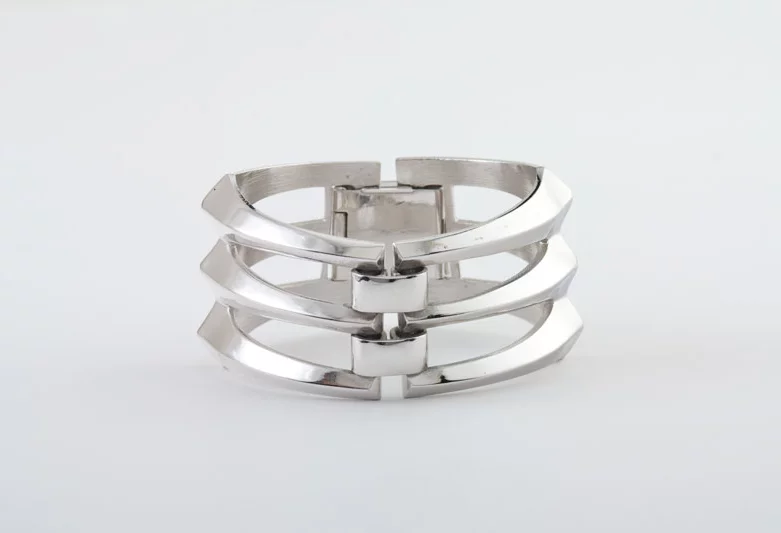The industrial monument
The Jakob Bengel industrial monument is a living, hands-on museum. Experience a journey back in time to the height of industrialisation and the history of the Idar-Oberstein costume jewellery and metal goods industry.
The Jakob Bengel chain and jewellery factory is a unique example of industrial history in Rhineland-Palatinate. The ensemble of residential and factory buildings has been recognised as a regional cultural heritage site since 2005 and, in its economic and socio-historical significance, bears witness to Idar-Oberstein's once outstanding position in the production of costume jewellery. In the heyday of the jewellery and metalware industry, around 5,000 people were employed in the Oberstein district, including home workers. Today - after just over a generation - this branch of industry has almost completely disappeared.
In the historic production rooms of the industrial monument, visitors can experience the heyday of the company's costume jewellery production from 1870 to 1990.
The original ensemble of buildings, consisting of the factory built in 1873 with a chimney and an extension dating from 1932, the workers' flats built in 1892 and the Art Nouveau-style factory owner's villa built in 1911, is unique in the entire region and is impressive in its originality.
Guided tour
During the guided tour of the historic factory, experience how a chain is made from a wire and how a piece of jewellery is created with the help of tools and machines. There are 40 immaculately maintained, fully functional chain machines in the machine hall, the oldest of which is over 100 years old.
In addition to the chain machines, friction spindle presses, draw benches and rollers are also demonstrated during the tour. The Jakob Bengel factory is an extraordinary testimony to bygone industrial culture, a living museum you can touch.
Duration of the tour approx. 60 min.
Art Déco jewellery by Jakob Bengel
In the 1920s and 1930s, the Jakob Bengel factory produced jewellery in the Art Deco style. The jewellery was made of chrome-plated metal and the plastic Galalith, which is hardly known today. The unique design and processing of atypical jewellery materials have made the Jakob Bengel company famous worldwide to this day.
The history
Over the course of the 19th century, the Oberstein costume jewellery industry developed into a significant economic factor in the region. It emerged from an existing cottage industry in which goldsmiths and tombac smiths produced jewellery and gallantry goods independently, but in dependence on local traders. The larger workshops invested in machines early on, which took over parts of the work process - the first factories emerged. Machine production enabled low-cost manufacture, which formed the basis for distribution throughout Europe. The product range was soon expanded to include jewellery items as well as handbag hangers, belt buckles, medals and badges. Despite this, many items still had to be assembled by hand, but with an industrial division of labour.
In its heyday, around 5,000 people - including home workers - were employed in the jewellery and metalware industry in Oberstein. Today, this special branch of industry, which was based on mass production, is no longer competitive at this location due to global competition.
Translated with DeepL.com (free version)
The Jakob Bengel company
The Jakob Bengel company was founded in 1873 as a watch chain factory. Mechanical production made it possible to manufacture at low cost and thus opened up a large market that soon extended far beyond Europe.

In the second generation, the production of chain jewellery was supplemented by costume jewellery items. These used to be called "fake jewellery", but nowadays the term "costume jewellery" has become established; in French it was known as "bijouterie fausse". A recently rediscovered range of jewellery from the 1920s and 1930s in the Art Deco and Bauhaus style was mainly exported to France. The design of the pieces, which still looks modern today, and the quality of workmanship gave Jakob Bengel's Art Déco jewellery - then as now - a special value. The jewellery collection commissioned by Coco Chanel in 1928 was certainly a particular highlight.
From 1954, a new heyday began: the age of anodising (electrolytically oxidised aluminium) had begun. Products made of aluminium, refined in so-called anodising baths, could be manufactured in any desired colour. This was a development that really suited fashion jewellery.
In 1978, the fourth generation took over production at the Jakob Bengel chain and costume jewellery factory. The "fake jewellery" business had long since been sold abroad, but the chain fashion trend continued. - It was not until 1993 that the market suddenly collapsed like never before. This situation did not change in the following decade. In order to preserve the building infrastructure, the machines, tools, samples and the historical furnishings for the future, initiatives were launched by various parties and in 2001 the Jakob Bengel Foundation was established as the organisation responsible for today's industrial monument. Today, the Jakob Bengel industrial monument has developed into a meeting place for art and technology and is well on the way to becoming a supra-regional cultural centre.
The ensemble of buildings
The ensemble of buildings, which is still preserved in its original state, is one of the cultural monuments in the Birkenfeld district that is worthy of protection and impressively documents the combination of working and living in the heyday of the Oberstein metalworking industry. It consists of the factory built in 1873, the workers' flats built in 1890 and the Art Nouveau-style factory owner's villa built in 1910, which is almost completely preserved in its original condition both inside and out.
As the last building ensemble of this type to be preserved in Oberstein, the triad of factory building, factory flats and factory owner's villa not only symbolises Oberstein's entrepreneurship and the social situation of the workforce during the founding years. It also represents the philosophy of life of the middle-class factory owners of this era in a very typical way.
The Villa Bengel
In the second generation - the company is now run by the son-in-law of company founder Jakob Bengel - the manufacturer's villa is built.
Today, Villa Bengel is a centre for contemporary jewellery design. Exhibitions by national and international jewellery artists reflecting the spectrum of contemporary jewellery design are regularly shown in the rooms of the Fabrikantenvilla. The special exhibitions can be viewed during the opening hours of the industrial monument.
The historic garden
The garden was part of the historic villa then as it is today. It rounds off the overall ensemble of the villa.
The historic garden is currently being reconstructed and restored to its original state. In future, it will be accessible free of charge during opening hours. As a small oasis in the centre of the city, it will offer an opportunity to relax, enjoy the sun and chat. The seating will invite you to take a short break during your visit to the museum.


